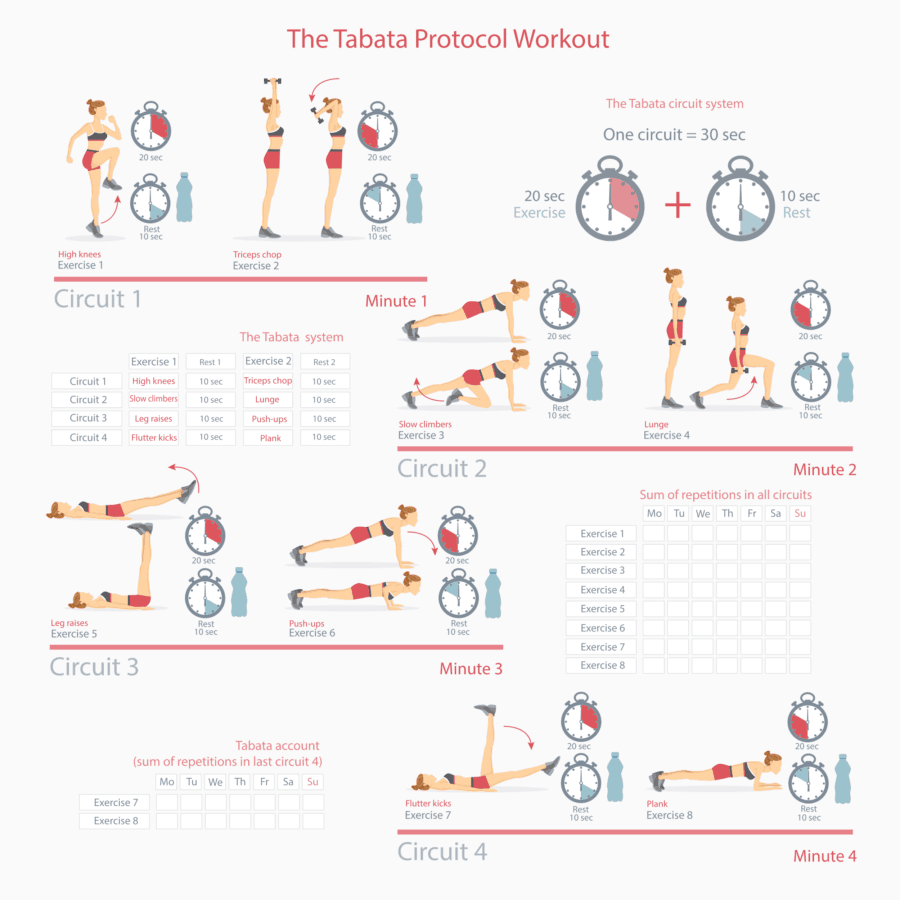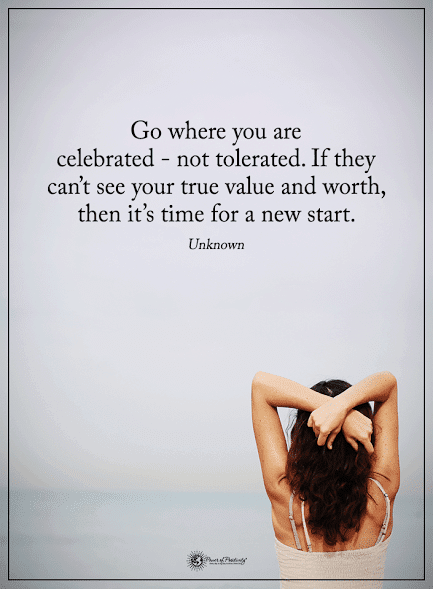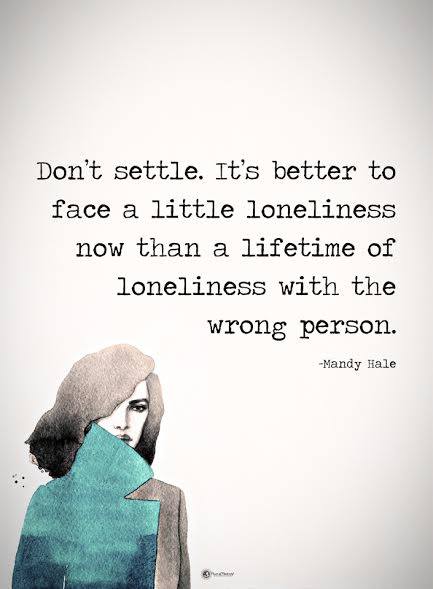“Over a 12-month period, 27 percent of adults in the U.S. will experience some sort of mental health disorder, making the U.S. the country with the highest prevalence (of mental health problems).” ~ The World Health Organization
What is mental health?
The World Health Organization (WHO) defines mental health as:
“…a state of well-being in which the individual realizes his or her own abilities, can cope with the normal stresses of life, can work productively and fruitfully, and is able to make a contribution to his or her community.”
In the event that a person voluntarily or involuntary seeks out treatment, Mental Health America lists 13 professions that qualify as ‘mental health professionals’:
– Clinical Psychologist
– School Psychologist
– Clinical Social Worker
– Licensed Professional Counselor
– Mental Health Counselor
– Certified Alcohol and Drug Abuse Counselor
– Nurse Psychotherapist
– Marital and Family Therapist
– Pastoral Counselor
– Peer Specialist
The following three professionals “can prescribe medication; however, they may not provide therapy:
– Psychiatrist
– Child/Adolescent Psychiatrist
– Psychiatric or Mental Health Nurse Practitioner
(Anybody else see the problem with being able to prescribe medication without the ability to administer therapy?)
Should mental health education be required in schools?
Physical education is compulsory in schools, as we all know. As a society, we’ve determined that teaching the basics of physical health to children is crucial.
Isn’t mental health just as important, if not more so?
Researchers Explain Why Mental Health Classes Should Be Mandatory In School
“Absolutely,” says Stanley Kutcher, a child psychiatrist and chair of adolescent mental health at Dalhousie University in Canada, “Our expectation of the education system is different than it was 50 years ago.”
How is our expectation different? Dr. Kutcher gives his perspective:
“(School education) is a social contract that’s changed. Schools taught reading, writing and arithmetic and parents would handle the children. Now the (burden) is on schools but the resources and structures of schools haven’t changed and they’re struggling.”
Proponents of mandatory mental health education cite a heartbreaking trend – one that is unique to the United States in terms of frequency: mass shootings.
Exhibit ‘A’: School shootings
We’re not going to get into the gun control debate.
We are going to discuss the often unspoken factor of mental illness on one particularly disturbing form of violence: school shootings.
When gun violence strikes elementary schools and college campuses, the public – including politicians, think tanks, and pundits – inevitably raise the gun control issue.
The mental health of the shooter(s) is – for most people – an afterthought.
To illustrate, let’s compare and contrast three decades of gun violence:
In the 1960’s, there were a total of 18 school shootings. The largest death toll came on August 1, 1966, when a 25-year-old engineering student by the name of Charles Whitman opened fire at the University of Texas, killing 17 and injuring 31.
In the 2000’s, 61 school shootings were recorded. The largest death toll came on April 16, 2007, when a 23-year old student by the name of Seung-Hui Cho killed 33 and injured 23 on the campus of Virginia Polytechnic Institute and State University (Virginia Tech).
The U.S. has suffered 133 school shootings so far this decade. The Sandy Hook Elementary School shooter, 20-year-old Adam Lanza, took the lives of 28 people, including 20 first grade children and four teachers. He also killed the school psychologist.
Now let’s now turn our attention to the reported mental health states of Whitman, Seung-Hei, and Lanza.
Whitman complained to psychologists at the University of Texas that he’d “been a victim of many unusual and irrational thoughts.” He’d seen no less than five doctors before the going on his rampage.
Don McElfresh, in a letter to the Dallas News, writes:
“To solve problems in our society, we need to seek the causes of the problems. Charles Whitman was an intelligent, motivated, sick individual who needed help.”
23-year old Seung-Hui Cho “had a record of mental health issues since his adolescent years. In 2005, a Virginia court described Cho as “a danger to himself,” mandating that he receive outpatient psychiatric treatment.
In one instance, Cho was sent to a mental health facility on a temporary detention order from university police. Cho reportedly told his roommate “everyone hates me,” and threatened to kill himself.
Per patient records retrieved from the facility, doctors noted: “Essentially, it does not appear that he had any serious intent when he made the suicidal statement.” “He was counseled about the need to act responsibly.”
Finally, there’s Adam Lanza. Of all three perpetrators, Lanza has the longest trail of mental health records; including recommendations from therapists and doctors ignored by his own mother, who Lanza also murdered.
In an article written for Newsweek, Matthew Lysiak, author of Newtown: An American Tragedy, writes:
“I document (in the book), through almost a decade of his mother’s emails, Adam’s downward spiral as he gradually lost his tenuous connection with reality. In 2010, (Lanza’s) illness became so severe he broke off relationship with almost everyone in his life and secluded himself in his bedroom…”
Lysiak’s most poignant point: “No one said anything, and no one tried to stop him.”
No Easy Answer, But…
Whenever a tragedy occurs, politicians are always “first at the scene.”
“Gun control!”
“Stronger background checks!”
“Harsher punishments for criminals!”
“Better mental health care!”
One thing we do know is that a child’s brain is continually absorbing and interpreting the world around us – and for a much longer period than originally thought.
Is mandatory mental health education the answer? Would it have stopped Whitman, Seung-Ho, or Lanza?
Sarah Brennan, Chief Executive of YoungMinds, a charity that aims to improve the mental health of young people says:
“Schools are critical in helping prevent mental health problems escalating, in building well-being and resilience and helping young people learn the skills they need to cope in today’s world.”
If there’s one thing we can glean from the records, it’s that some proactiveness on the part of society, as opposed to empty rhetoric, just may have prevented so much needless suffering.
There may be something to the idea, after all.






